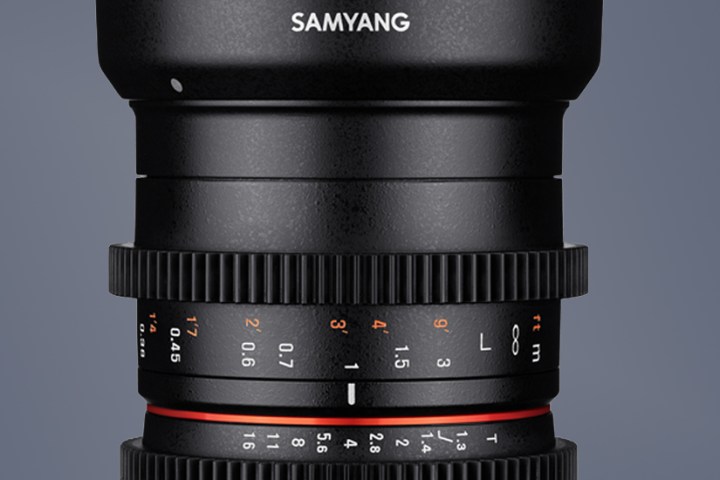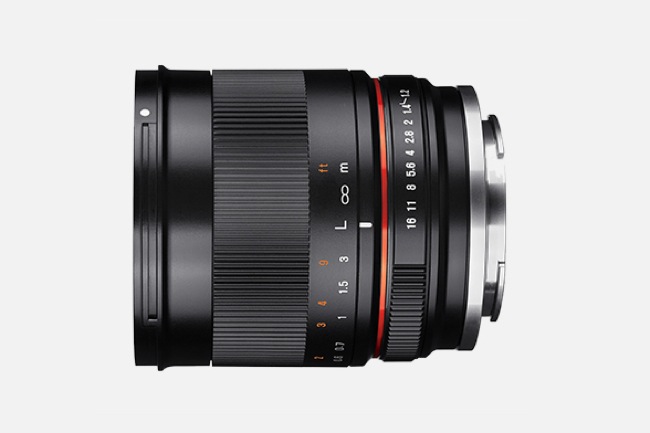
Both lenses, compatible with APS-C mirrorless cameras from Sony, Fujifilm, and Canon, as well as Micro Four Thirds-mount cinema cameras, will be available globally in September.
The Samyang 35mm f/1.2 ED AS UMC CS is a fast standard-angle lens designed for still photos. That big depth of field potential is paired with a nine-blade circular aperture for smooth bokeh. The lens uses nine pieces of glass in nine groups and multiple coatings to help prevent chromatic aberration and unnecessary light dispersion, Samyang says.

The new still photo lens comes in at just under three inches long, tipping the scale to a mere 14.8 ounces, give or take, depending on the mount that you pick up.
The cinema version, the Samyang 35mm T1.3 ED AS UMC CS, takes on a similar design but uses a quieter focus ring with a larger grip. The lens is specifically designed for use with follow-focus systems for video, and also marks the distance scale on both sides.
According to the company, the suggested list price is 449 euros for the still lens, which converts into about $500. The cinema lens will run about $55 more.
While the lenses don’t have an autofocus motor (focus is entirely manual, which may not be great for action shooters), the ultra-wide maximum aperture is otherwise tough to come by. The lenses, a standard focal length for a number of different types of shooters, are now part of a lineup of 15 lenses from the manufacturer, from 7.5mm to 300mm.
Editors' Recommendations
- New Rokinon AF 75mm f/1.8 FE is light in weight, and probably price
- Lust after Leica’s new luxury Summilux-M 90mm f/1.5 and special-edition M10-P
- Sony’s 35mm f/1.8 lens is a portable, bright prime that’s perfect for travel
- The Canon RF 85mm f/1.2 promises high-end mirrorless portraits — for a price




